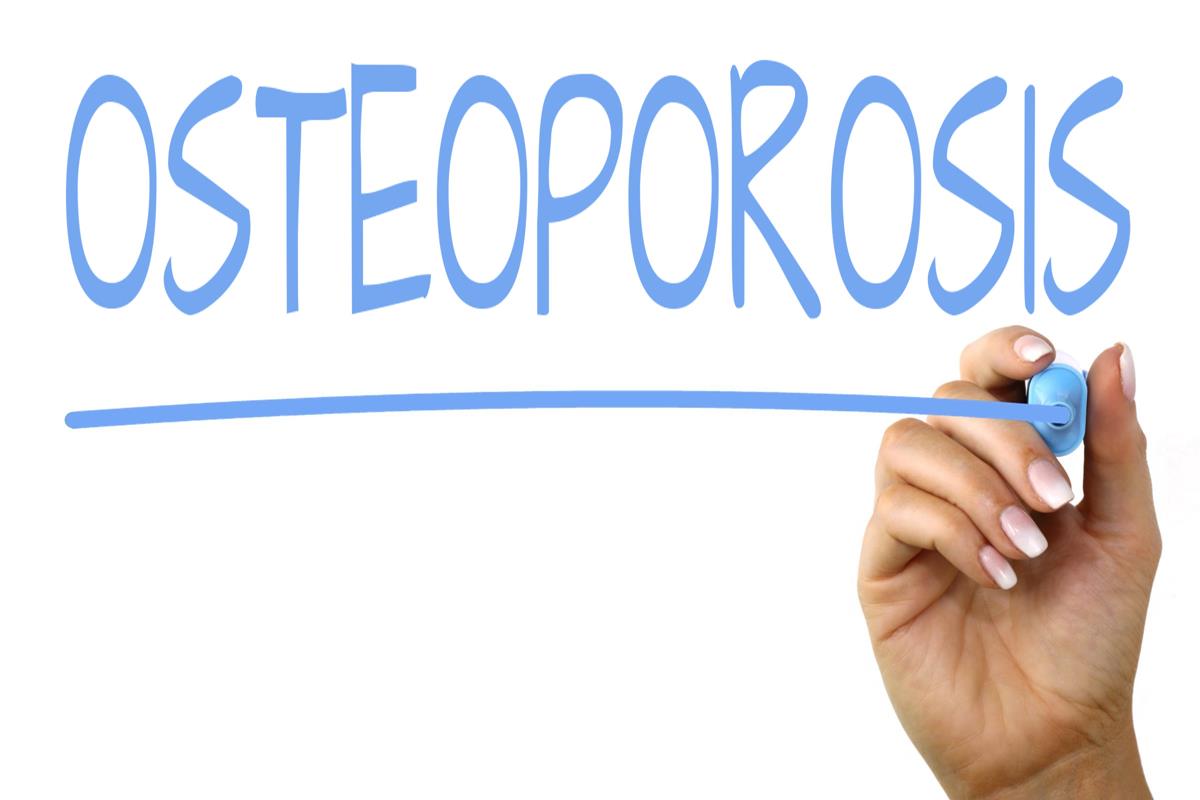Worldwide – one in three women and one in five men over the age of 50 years will suffer a fracture due to osteoporosis. Osteoporosis causes bones to become weak and fragile so that they break easily even as a result of a minor bump, sneeze or sudden movement. Fractures caused by osteoporosis have a devastating impact on millions of people worldwide and result in enormous socio-economic costs to society and healthcare systems. Despite huge advances in the medical treatment of osteoporosis only a minority of men and women actually receive treatment. In fact, only 10% of older women with fractures actually receive osteoporosis therapy.
What is osteoporosis?
It is a disease which causes your bones to become porous, weak and fragile. There are no obvious signs or symptoms of the disease until a bone is broken. People over the age of 60 are at higher risk of osteoporosis. However, it can occur at an earlier age. In women, the menopause signals the start of rapid bone loss and that is why all women need to pay attention to their bone health at a younger age.
Could you be at risk of having osteoporosis?
If you are concerned that you may have osteoporosis this is a discussion you should have with your GP. Also, there is an online risk assessment available on the Irish Osteoporosis website. However, this is a list of common risk factors which include:
- A broken bone after the age of 50
- Height loss of 4cm or more
- Early menopause
- Being underweight (Body mass index below 19)
- Medical conditions such as rheumatoid arthritis, diabetes, breast or prostate cancer or certain digestive diseases
- Medications such as long-term daily use of steroids
- Parental history of hip fracture or osteoporosis
- Low calcium intake and sun avoidance
- Sedentary lifestyle
- Smoking and/or excessive drinking
How is osteoporosis diagnosed?
If you have any of the risk factors for osteoporosis or you are over the age of 50 years– it is worth having a discussion with your GP regarding assessment for osteoporosis. They can refer you for a DXA scan which measures a person’s bone mineral density which basically means the strength of your bones. This is like having an x-ray but is completely painless. You lie on your back for approximately 10-15minutes while a bar moves back and forward above you scanning your body.
How is osteoporosis treated?
If you are diagnosed with osteoporosis your GP will discuss drug treatment options which can be different for every individual. As well as taking medication to protect against fractures, people with osteoporosis and of any age really should follow these easy tips to support good bone health.
- Avoid smoking and excessive alcohol intake
- Ensure a nutritious, balanced diet which includes enough calcium and protein
- Aim to exercise 30-40minutes, three to four times per week which should include weightbearing and resistance exercises
- Spend more time outdoors to ensure you are getting enough Vitamin D

